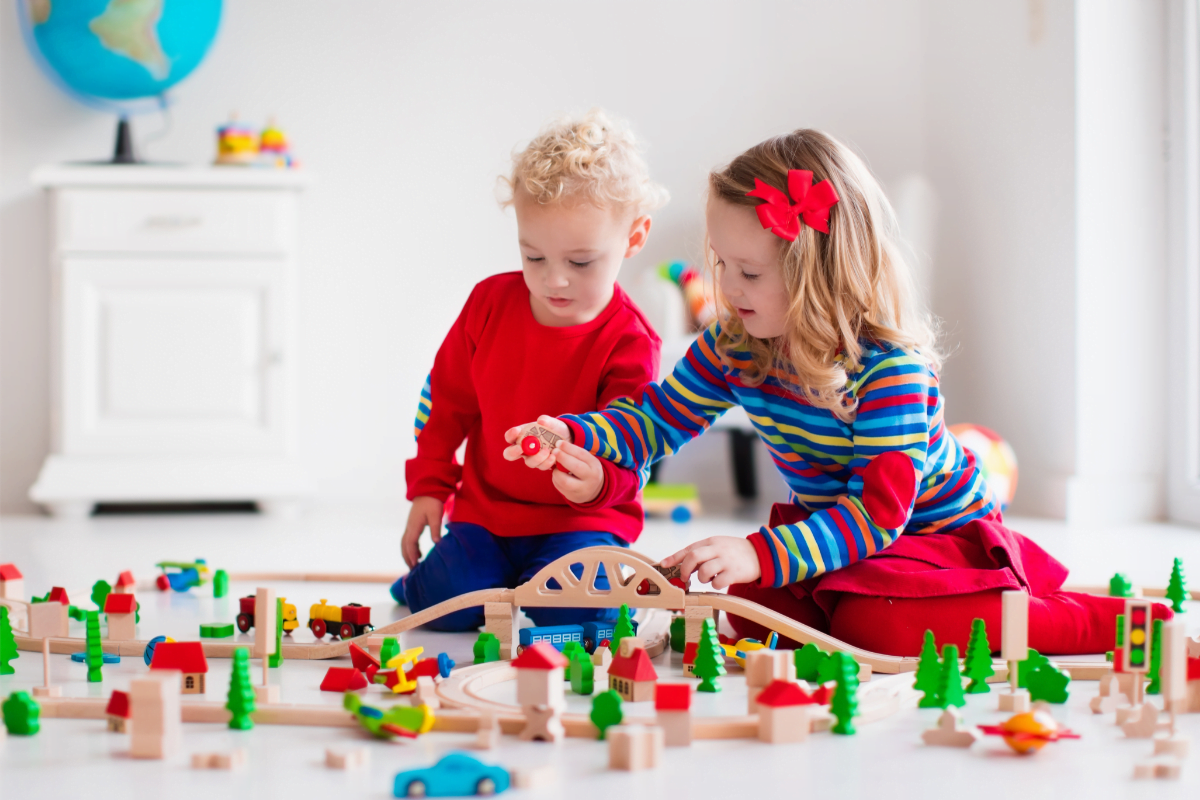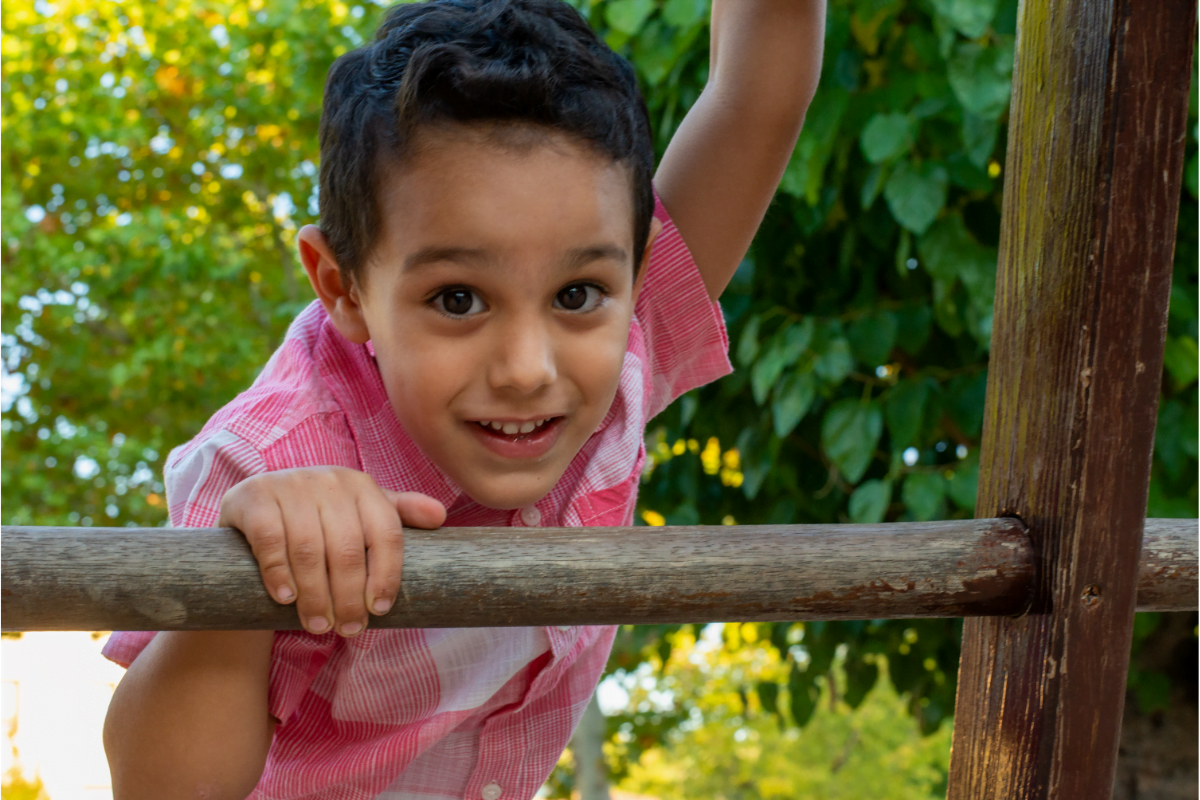Musical games are a fun and engaging way to encourage verbal and non-verbal communication in children and adults alike. These games can be used in a variety of settings, from classrooms to therapy sessions to family gatherings. They are particularly effective for individuals with communication difficulties, such as those with autism spectrum disorder or speech and language delays.
One of the benefits of musical games is that they provide a non-threatening environment for communication. Participants can focus on the game and the music, rather than feeling self-conscious about their communication abilities. This can lead to increased confidence and willingness to communicate. Additionally, musical games often involve physical movement and gestures, which can help individuals develop non-verbal communication skills. Overall, musical games are a fun and effective tool for promoting communication and social interaction.
The Role of Music in Communication
Music has been used as a form of communication since ancient times. It has the power to evoke emotions, express thoughts, and convey messages. In recent years, music has been increasingly used in therapeutic settings to help individuals with various communication challenges. Musical games provide a fun approach to encourage verbal and non-verbal communication.
Enhancing Verbal Interaction
Music can enhance verbal interaction by providing a common ground for communication. Singing along to familiar songs can help individuals with speech difficulties to practice their pronunciation, intonation, and rhythm. Playing musical games that involve singing or reciting lyrics can also help to improve vocabulary, grammar, and syntax.
Facilitating Non-Verbal Expression
Music can also facilitate non-verbal expression by providing a medium for individuals to express their emotions and feelings. Dancing to music can help individuals to develop body awareness, coordination, and balance. Playing musical games that involve body movements, such as mimicking rhythms or following a beat, can also help to improve motor skills and spatial awareness.
In conclusion, music plays an important role in communication, both verbal and non-verbal. Musical games provide a fun and engaging way to encourage communication skills in individuals of all ages and abilities.
Designing Musical Games
Game Mechanics and Rules
When designing musical games, it is important to consider the game mechanics and rules. The game mechanics should be simple and easy to understand, while the rules should be clear and concise. This will help ensure that the game is fun and engaging for all players.
One way to create game mechanics is to use familiar game mechanics from other games. For example, a musical version of “Simon Says” can be created by having players follow the instructions of the leader, but with musical elements added in. Another option is to create a game that involves players taking turns to sing a song, with the winner being the one who sings the best.
The rules should be clearly explained at the beginning of the game. This can be done through a written set of instructions or by having the leader explain the rules verbally. It is also important to ensure that the rules are enforced consistently throughout the game to prevent confusion or disagreements.
Incorporating Musical Elements
Incorporating musical elements into the game is essential to creating a fun and engaging experience. This can be done by using musical instruments, singing, or dancing. For example, a game of musical chairs can be turned into a musical game by having players dance around the chairs instead of walking.
Another way to incorporate musical elements is to use music as a tool for communication. For example, a game of charades can be turned into a musical game by having players act out a song instead of a word or phrase. This can help encourage non-verbal communication and creativity.
Overall, designing musical games requires careful consideration of game mechanics and rules, as well as the incorporation of musical elements. By following these guidelines, it is possible to create a fun and engaging experience that encourages both verbal and non-verbal communication.
Musical Games in Different Settings
Musical games can be used in a variety of settings to encourage verbal and non-verbal communication. In this section, we will explore some of the different contexts in which musical games can be used.
Educational Environments
Musical games can be a fun and engaging way to teach children important communication skills. For example, games that involve singing or chanting can help children develop their verbal communication skills, while games that involve movement and dance can help children develop their non-verbal communication skills.
In addition to helping children develop communication skills, musical games can also be used to teach other important concepts, such as math, science, and social studies. For example, games that involve counting or rhythm can help children develop their math skills, while games that involve learning about different cultures can help children develop their social studies skills.
Therapeutic Contexts
Musical games can also be used in therapeutic contexts to help individuals with communication disorders or other special needs. For example, games that involve singing or chanting can help individuals with speech disorders develop their verbal communication skills, while games that involve movement and dance can help individuals with motor disorders develop their non-verbal communication skills.
In addition to helping individuals develop communication skills, musical games can also be used to promote relaxation and reduce stress. For example, games that involve listening to calming music or playing simple instruments can help individuals relax and feel more at ease.
Social Gatherings
Musical games can also be a fun and engaging way to bring people together at social gatherings. For example, games that involve singing or playing instruments can help break the ice and get people talking to each other.
In addition to promoting communication and social interaction, musical games can also be used to create a festive atmosphere and set the mood for a party or celebration. For example, games that involve dancing or singing along to popular songs can help create a lively and upbeat atmosphere.
Case Studies of Successful Musical Games
Musical games have been used in various settings to encourage verbal and non-verbal communication among individuals. Here are some case studies of successful musical games:
Case Study 1: Music Therapy for Children with Autism
A study conducted by the University of Central Florida found that music therapy using musical games improved social interaction and verbal communication among children with autism. The study involved nine children who participated in a 10-week music therapy program that included musical games such as “Musical Chairs” and “Musical Memory”. The children showed significant improvements in social interaction and verbal communication skills.
Case Study 2: Music-Based Activities in Dementia Care
A study published in the Journal of Alzheimer’s Disease found that music-based activities, including musical games, improved communication and reduced agitation among individuals with dementia. The study involved 51 individuals with dementia who participated in a 10-week music-based activity program that included musical games such as “Name That Tune” and “Musical Bingo”. The participants showed significant improvements in communication and a reduction in agitation.
Case Study 3: Musical Games in Speech Therapy
A study published in the Journal of Music Therapy found that musical games can be effective in speech therapy for children with speech and language disorders. The study involved 12 children who participated in a 12-week music-based speech therapy program that included musical games such as “Sing and Say” and “Musical Charades”. The children showed significant improvements in speech and language skills.
Overall, these case studies demonstrate the effectiveness of musical games in improving verbal and non-verbal communication among individuals in various settings.
Guidelines for Implementation
Safety Considerations
When implementing musical games, safety should be a top priority. The following guidelines should be followed to ensure a safe and enjoyable experience for all participants:
- Ensure that the playing area is free of any hazards or obstacles that may cause injury.
- Provide appropriate safety equipment, such as helmets and pads, for activities that involve physical contact.
- Monitor the activity at all times to ensure that participants are following the rules and guidelines.
- Make sure that all participants are aware of the safety guidelines and rules before beginning the activity.
Adaptability for Various Abilities
Musical games can be adapted to suit the abilities of participants with varying needs. The following guidelines should be followed to ensure that the activity is inclusive for all:
- Provide alternative ways to participate for those who may not be able to physically participate in the activity, such as allowing them to play an instrument or sing along.
- Modify the rules or equipment used to accommodate those with physical limitations.
- Provide visual aids or written instructions for those who may have difficulty understanding verbal instructions.
- Encourage participants to work together and support each other, regardless of their abilities.
By following these guidelines, musical games can be a fun and inclusive way to encourage verbal and non-verbal communication.


